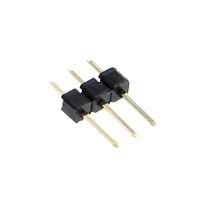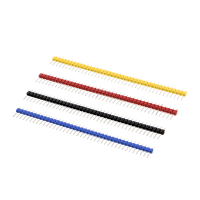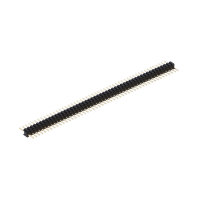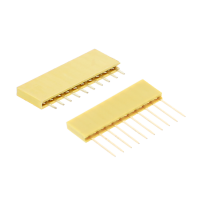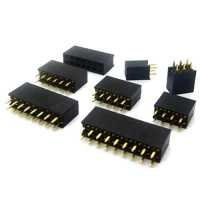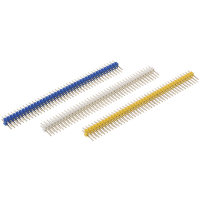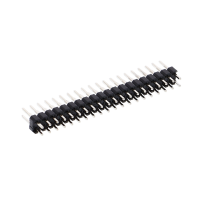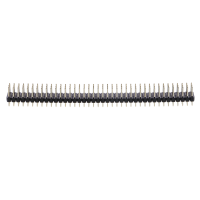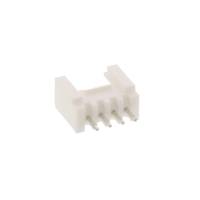Buy pin headers and socket headers for Arduino
In microelectronics, especially in prototyping, there is no way around pin headers or socket headers. Because electronic components are not always delivered with a suitable male or female header. We therefore advise every maker to keep a selection of the inexpensive connectors in stock - so that no unwanted surprise can stop you from tinkering!
If you have long since stopped relying on ready-made all-in-one modules and are actively prototyping with breadboards, then dealing with pin headers and female power has long been part of your standard repertoire. For everyone else, we're happy to explain why we used to absolutely need these useful connectors for our projects and what things to keep in mind.
Pin headers and socket headers belong to the group of connectors in the true sense of the word. They enable a quick and easy exchange of electronic components that would otherwise have to be soldered firmly together.
What features do I need to consider when selecting male or female headers?
We offer headers in different colors and shapes in our online store. Even if the color choice of the strips plays a rather subordinate role, the shape is all the more important.
In microelectronics the standard pitch is 2.54mm. Most of the pin headers and socket headers available from us correspond to this pitch. We additionally offer headers with other dimensions.
The length, i.e. the quantity and thus also the length of the actual pins/sockets, is also an important factor in selecting the right connector. The boards of sensors and actuators are usually delivered with a number of pins that cannot be determined across the board. Therefore, it is important to check in advance whether the selected pin header is compatible with the component's circuit board.
What do I need pin headers for in my project?
Pin headers serve a special purpose in prototyping. They are soldered to circuit boards so that they can be plugged into a breadboard, for example. Or, so that you can connect the corresponding pins to a microcontroller via jumper cables. Or, so that you can quickly plug the pins of two electronic components together - and just as quickly disconnect them again.
And what do I need socket connectors for?
Socket connectors are the counterpart to pin headers. The headers are usually soldered onto PCBs, i.e. "plugged on", so that electronic components can be plugged into them.

